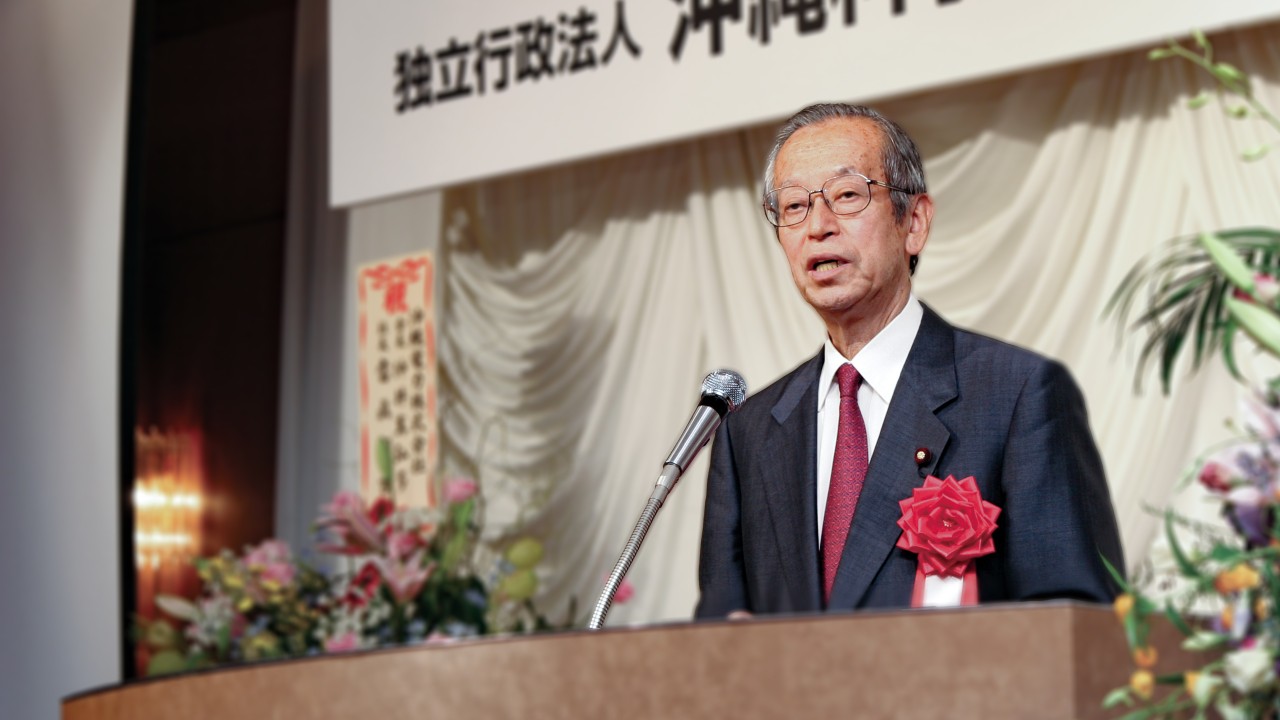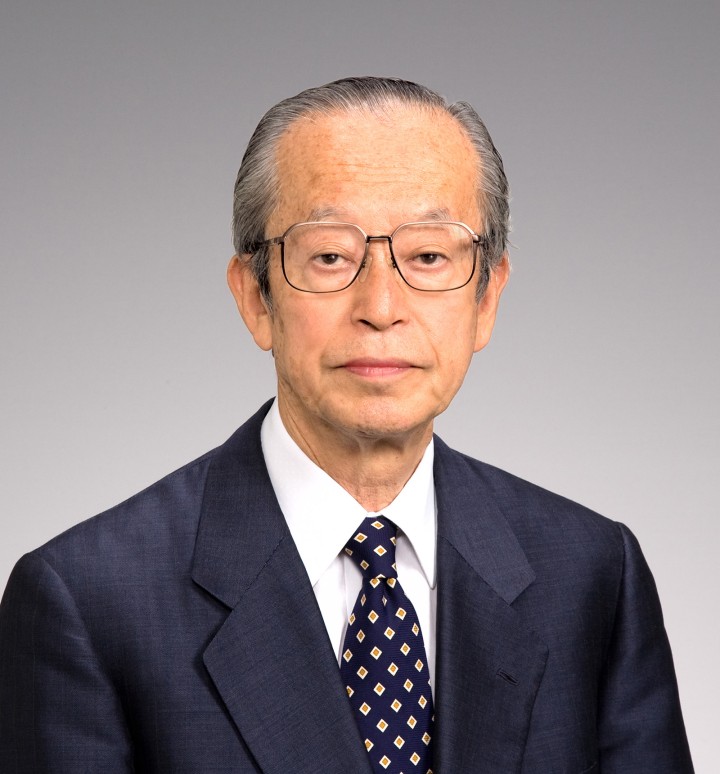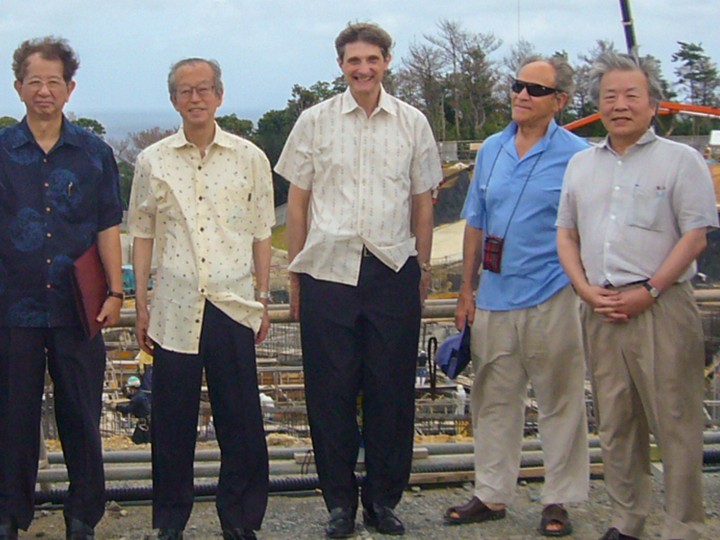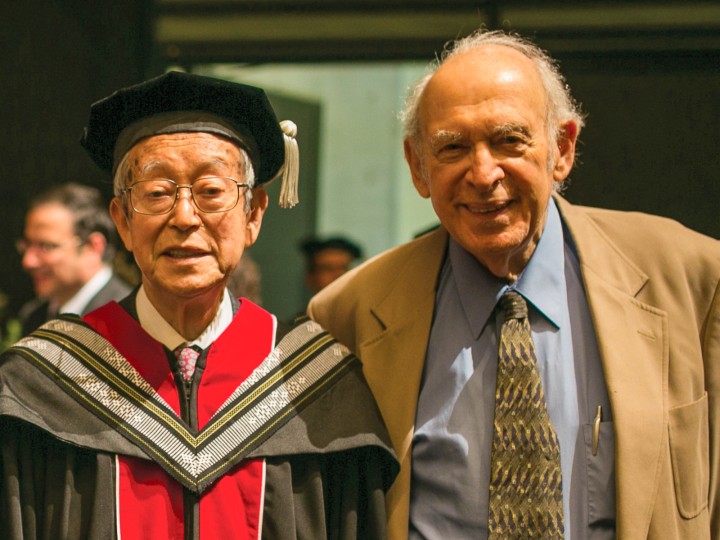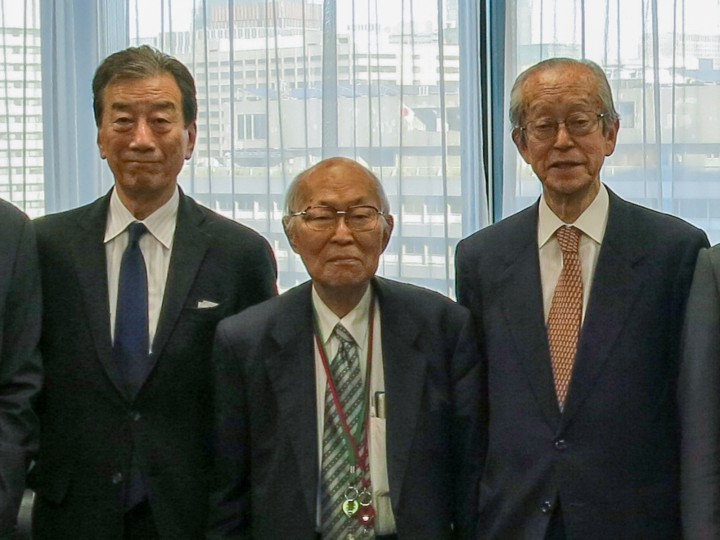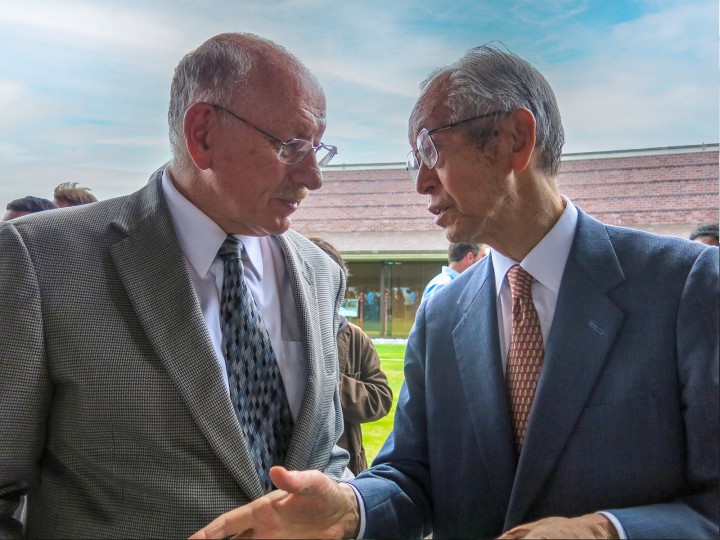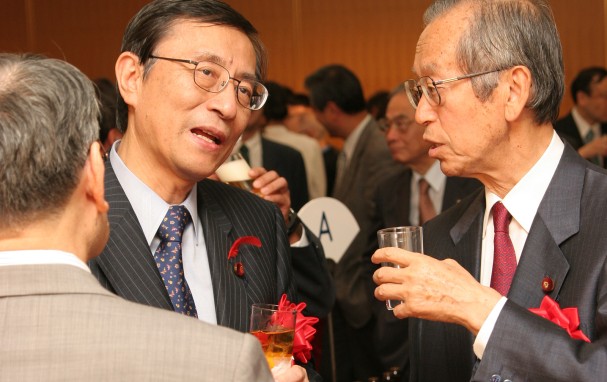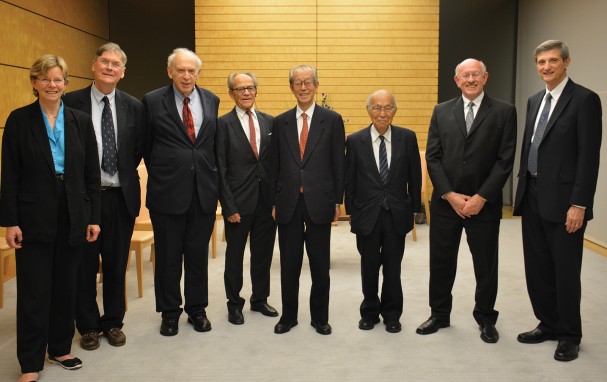Mr. Koji Omi
In 2001, when Mr. Omi joined the Cabinet as Minister of State for Okinawa and Northern Territories Affairs and Science and Technology Policy, he applied his experience as a politician with the idea of rebuilding Japan with science and technology while also promoting the development of Okinawa.
He believed in meaningful change over the long term: “In order to improve the Okinawan people’s living standard in the future, I strongly felt the necessity to establish modern industries in Okinawa through science and technology, not just through construction of roads and airports. That was how I came up with the idea of establishing a science and technology graduate university in Okinawa.”
He visited top universities around the world to learn from their success, and he met with renowned scientists to hear about their experiences. His vision for a “best in [the] world university” emerged.
A world-class university should be created from scratch, it should be an international institution with English as the lingua franca, and it should conduct cross-disciplinary research that transcends the boundaries of specialized fields.
With great passion and even greater persistence, he amassed a powerful group to join his mission. The official announcement of an international graduate university in Okinawa took place in June 2001, leading to the creation in 2005 of the OIST “Promotion Corporation” — the predecessor to today’s accredited university.
After OIST was established as a graduate university in 2011, Mr. Omi supported the growth of OIST as a board member from 2014 to 2021. In honor of his efforts and achievements, OIST awarded him its first honorary doctorate degree at the first graduation ceremony in 2018.
Mr. Omi guided and supported the establishment of OIST through his foresight, energy, and leadership. He projected, “I am convinced that the existence of OIST will surely make a significant contribution to Okinawa, not in the span of five or ten years, but in a hundred or two hundred years, and will be the driving force that will lead the region to new heights of development."
"It is a tribute to Koji Omi's vision and leadership that OIST, which celebrated its 10th anniversary last year, has grown to be on par with the world's leading academic institutions,” reflected OIST President Dr. Peter Gruss. “On this sad day, we offer our condolences to Mr. Omi’s family. His passing is a loss for his family and friends, as well as for OIST and for Japan. At OIST, we are united in our commitment to carry on Mr. Omi’s vision for the sustainable economic development of Okinawa.”
References: Koji Omi, "Tenpu Philosophy in Practice"
Mr. Omi passed away on April 14, at the age of 89.






